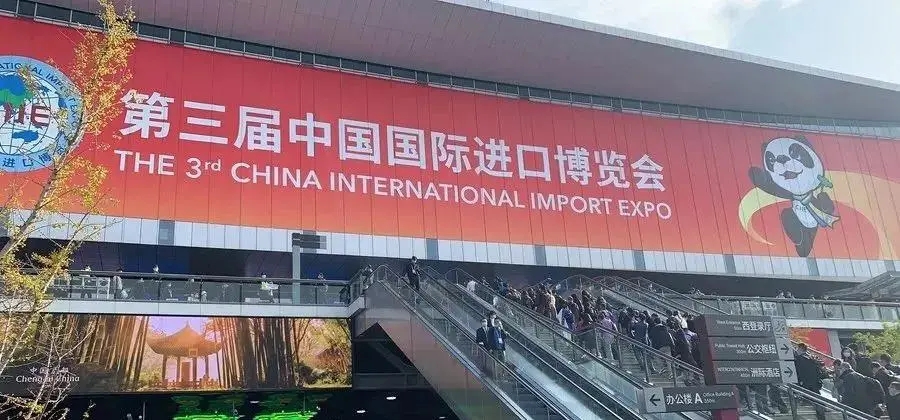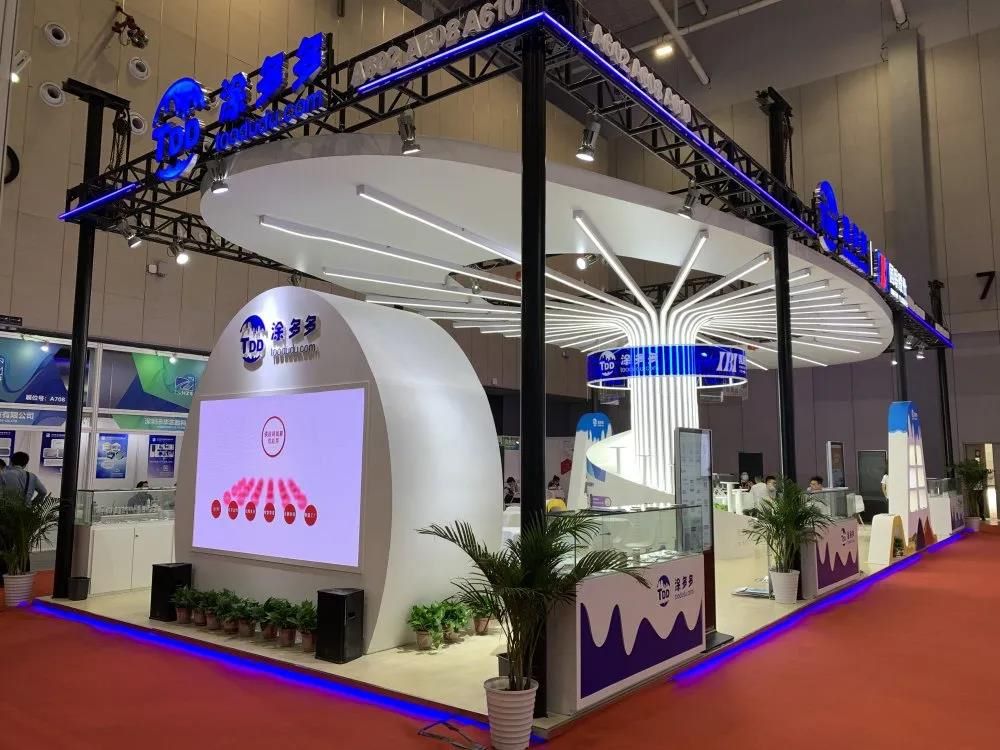Tire Buying: Prioritize Load, Speed, Wear Index
In the dazzling tire market, consumers often fall into the misunderstanding of "brand worship" or "production date anxiety". Little do they know that what really determines the performance of tires is not these surface labels, but the three hard-core indicators hidden in the specification parameters: load index, speed level, and wear resistance index.
These data are like the "genetic code" of tires, which are directly related to driving safety, handling experience and use cost.
The mysterious number "101" on the sidewall of the tire is actually the code for load capacity - it represents the maximum load-bearing capacity of a single tire is 825 kg (1819 pounds).
The importance of this parameter is far beyond daily cognition: when the vehicle brakes at 60km/h, the inertia force will cause the front wheels to instantly bear 80%-90% of the vehicle weight.
Taking a medium-sized SUV with a curb weight of 1.8 tons as an example, a single front wheel needs to withstand an impact of 810 kg (1.8 tons × 90% ÷ 2). At this point, the tires with the original standard load index of 94 (single tire load 670 kg) are close to the limit. If they are upgraded to tires with an index of 101 (825 kg/tire), the safety redundancy will be increased by 23%, which is equivalent to adding 155 kg of "buffer airbags" to each tire.
The superposition effect of this dynamic load is particularly fatal in special scenarios: an MPV fully loaded with five people and a trunk full of luggage may have a total mass of more than 2.5 tons. If the original tires with an index of 98 (750 kg/tire) are used, the total load margin of the four tires is only 100 kg, which is equivalent to exceeding the safety threshold if each passenger brings one more cabin bag.
Therefore, for vehicles that are often fully loaded or towing RVs, it is recommended to choose a load index that is 20% higher than the original standard.
The "Y" logo on the sidewall of the tire not only represents the 300km/h maximum speed limit, but also implies the essential difference in tire structure: compared with the mainstream H-level (210km/h) and Y-level tires, the latter has 3 more carcass cord layers and the tread silicon content is increased by 20%. This design reduces the shoulder temperature of the tire by 10℃ and reduces the tread deformation by 35% when the tire is cruising at 120km/h.
According to the actual test data of ADAC in Germany, the dry braking distance of vehicles equipped with V-level (240km/h) tires from 100-0km/h is 2.1 meters shorter than that of T-level (190km/h), which is equivalent to the safe distance to avoid a stray cat that suddenly jumps out.
Higher speed level tires can produce a "mechanical claw"-like biting effect in corners through three-dimensional sipe patterns and rigid shoulder design. A professional media found in a mountain road test that the average cornering speed of vehicles using W-grade (270km/h) tires in hairpin bends is 8km/h higher than that of S-grade (180km/h). The stronger support of the sidewall increases the steering wheel return torque by 15%, giving the driver greater control confidence.
The Treadwear value of the sidewall reveals the "life code" of the tire, but behind the number is a complex material game: the economic tire (TW400-600) uses a high carbon black formula, and the rubber hardness is increased by 20%, but the cost is a 12% increase in wet braking distance; while the performance tire (below TW200) adds 35% silicon compounds, although the dry grip is increased by 30%, the wear rate is doubled.
Comparing Michelin PS4 (TW320) and Cup2 (TW180), the former can last up to 50,000 kilometers, while the latter can only last for 8,000 kilometers under intense driving, but can make the track lap time 3.7 seconds faster.
This performance trade-off needs to be weighed in combination with the usage scenario: commuters choose TW300 + tires, and the cost per kilometer can be as low as 0.15 yuan; self-driving enthusiasts should choose TW200-300 tires, which can not only cope with mountain road curves, but also maintain a life of 20,000-30,000 kilometers; performance control directly targets semi-slick tires below TW100, but be prepared to change tires every 5,000 kilometers.
In the northern rainy and snowy areas, it is recommended to reduce the TW index by 20% in exchange for stronger drainage; in dry areas, the TW value can be increased to extend the service life.
It is worth noting the "TW paradox": the actual life of the TW300 tire of the same brand may be longer than that of the competing TW400 because the testing standards of various manufacturers are different.
The ultimate purchase must follow the dynamic balance of three-dimensional parameters: in terms of load, the vehicle's curb weight × 1.2 ÷ 4
When the three conflict, follow the priority of "safety > control > economy". After all, no matter how long the tire life is, it is not as precious as the 1-meter braking distance shortened at the critical moment. By scientifically interpreting this set of "tire gene codes", consumers can completely jump out of the marketing fog and use data thinking to achieve the optimal solution of safety and performance.











